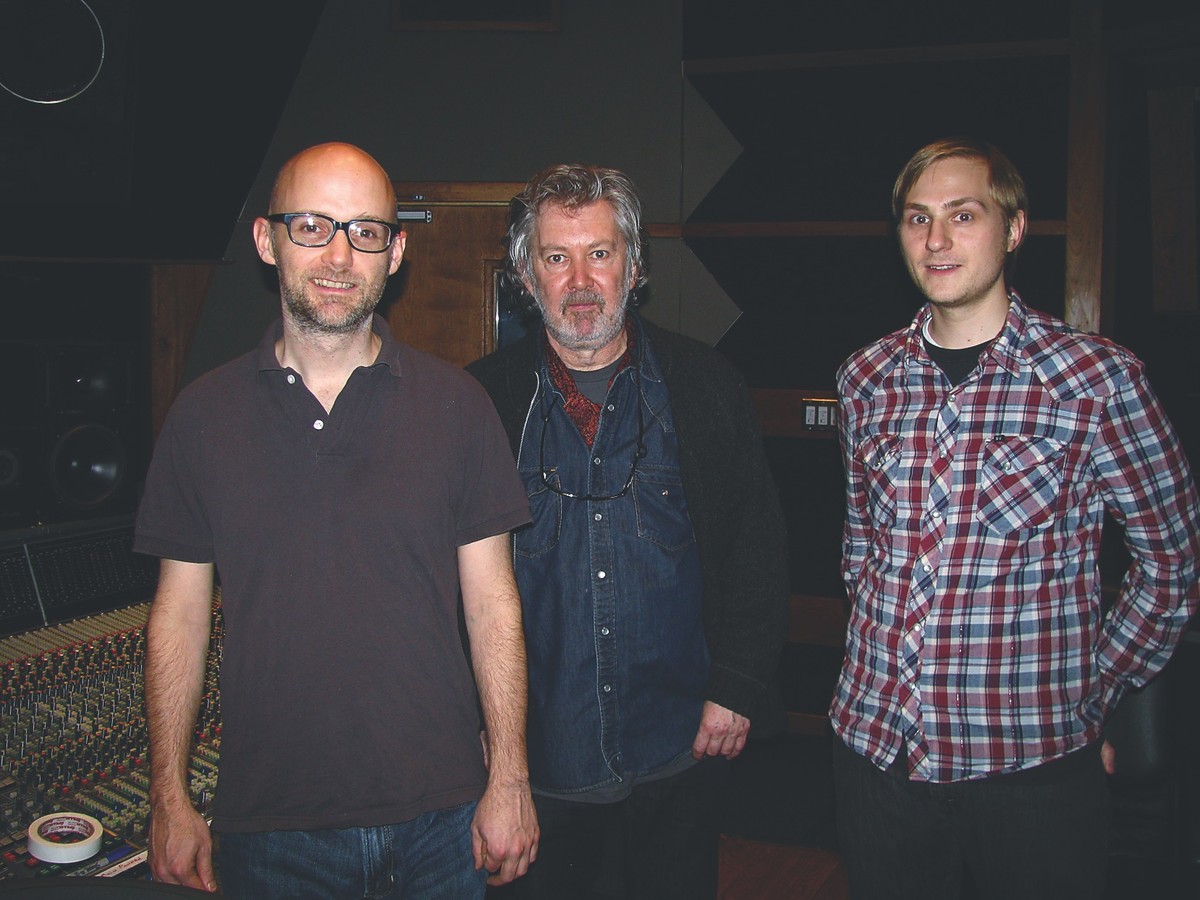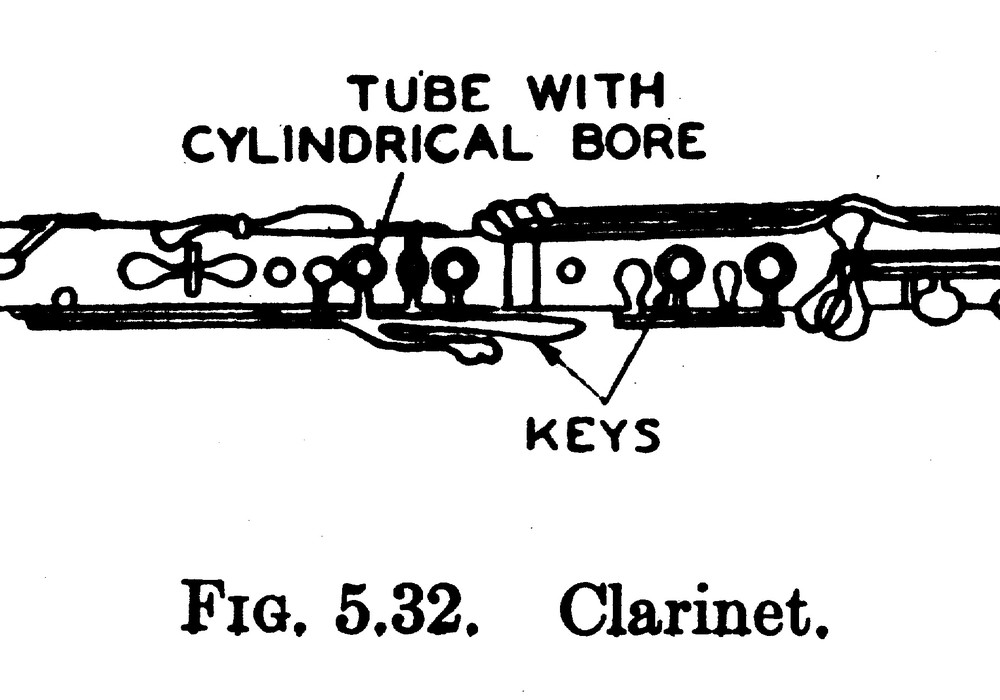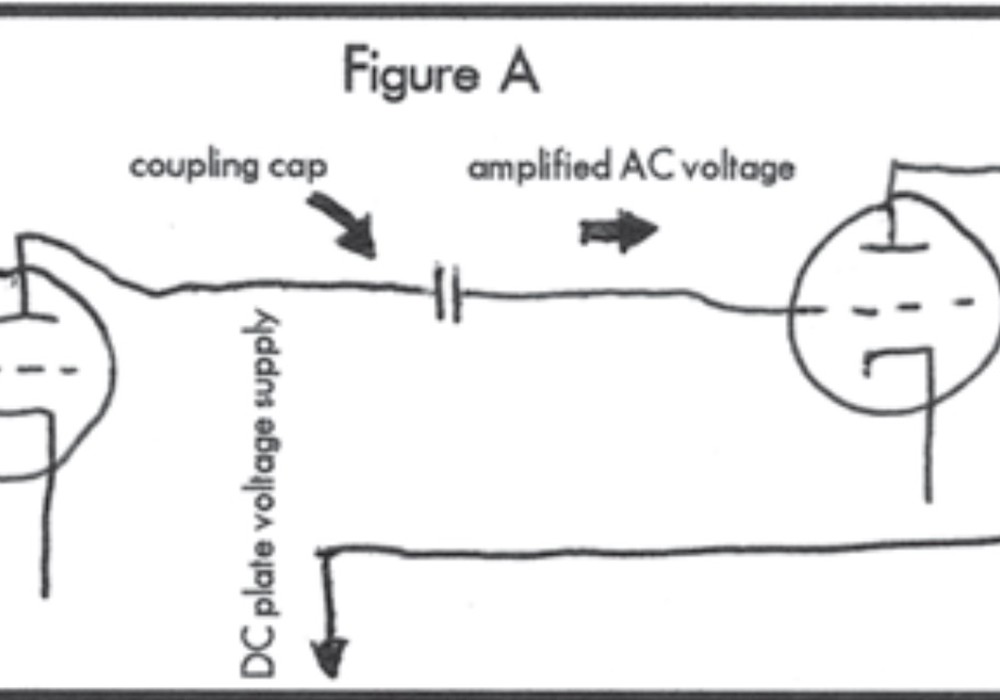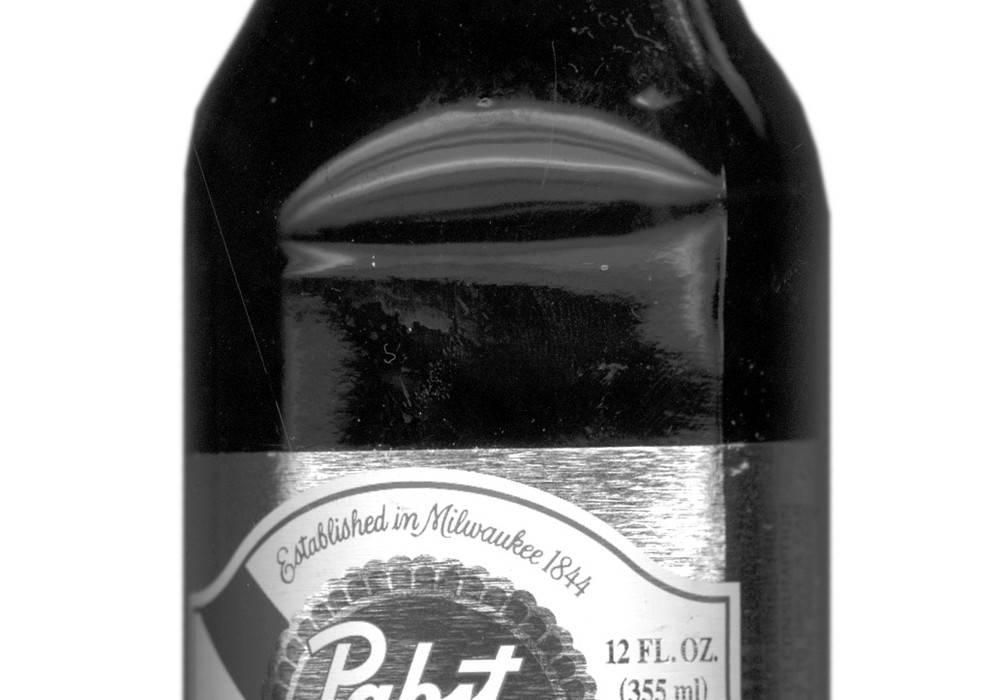Andrew Marcinkowski has been working as an engineer in some of NYC's best known studios for ten years. In house stints at Chung King Recording Studios and Mission Sound have gotten him a great reputation around town, and he's now doing freelance work both in New York and in the greater Boston area. He was willing to offer some insight into what he brought to the table on Moby's latest release.
What was the raw state of the tracks when Moby came to mix at Chung King?
Everything was pretty dialed in to where he wanted it. I think he wanted to send this stuff into the Neve VR desk to give it some character, depth and dimension. I cleaned up some lax edits and made things seamless where he might have initially hodgepodged them together.
Were you surprised to see that Moby's editing work was less than perfect?
No. When you get the spark of an idea, you just want to get it down and start building upon it without worrying, "Is that exactly right?" There were a couple of those moments. Ken Thomas wouldn't enter the room until everything was prepped and ready to be looked at, as opposed to coming in and having to say, "Take that blip out." I was setting up mixes and applying compression where needed — just worrying about the peaks and balances, so Ken could approach it from a more creative perspective. There was a lot of drum layering.
That's surprising to me, because it sounds very stark and personal.
Some of the drum tracks are just one ribbon mic in a room. Ribbons have a good way of mellowing the transients out so we could blend a couple of different drums together without compressing the individual tracks. We'd layer a few live drums on top of one another. To make it sound like one cohesive piece, we'd run the drums through a [Neve] 33609 compressor at 4:1, just dialing the attack and release time according to the track. Moby had a tape delay that he ran things through while tracking to get a kind of grittiness. I'd go in to take out a guitar buzz and he'd say, "Can you leave that in?" Ken would want to fix these flams between a live kit and electronic drums, and Moby would say, "Oh, I like how those rub. Let's not delete that." He didn't want to hide behind perfection — he wanted warts and all.
Were there deceptively a lot of tracks?
Most songs were just a handful, and a couple maxed out at twenty or thirty tracks. That's barely a tape machine! Ken has produced Sigur Rós records, and I think that initially, Moby wanted him for that ethereal wetness — that big sound. Ken would run sounds through the reverb plate and the AMS RMX reverb, and Moby would say, "No. I was thinking of something more intimate — more immediate." Ken would throw a long delay on a vocal and try to make the drums sound huge, and Moby would say, "No. Let's dial it back."
It doesn't sound big. It doesn't colonize the listening environment, and I can have a conversation with a friend and still listen to the record in the background.
It would stick out like a sore thumb. But we hit certain tracks with a compressor or two, to make those stand out more to make them sound like a sample. In hip-hop there can be four or five stages of compression — the initial tracking, the mixing, then the mastering — and that's just the sample itself! Then there's the hip-hop digestion, where it gets thrown into an MPC, which degrades the quality, then an engineer tracks a song with a bit of compression. Then the mixer gets it, puts another layer on — then they comp the whole mix, and then the mastering. This all creates a sound that is very squishy and flat-lined. We would degrade vocal lines to the point that they sounded like a sample. But we were careful to avoid overall mix compression so that the music could breathe more and be as dynamic as possible. We'd soak in the happy accidents. It's very deliberate. Ken was saying that he's gotten to a point in his career where he just trusts the artist. It's hard to tell someone that it should be green as opposed to blue. You know, after movie scores and commercials... I think you get to a certain point where you have the carte blanche to throw everything out and make the record you want to make.
It sounds like you and Ken weren't steering the project so much as you were providing a reflection for what he didn't want it to be.
Yeah, Moby was pretty hands on with the mixing. He would do things that we've been taught are technically "wrong" and he'd do them just based on what he was hearing. He'd crank up 8 kHz to make something brighter rather than subtracting something else that was sharing the same space. But he had a sonic vision, and the only way he could achieve that was by getting his hands dirty. He got to the sounds he wanted. A lot of the mixing was done live — no flying faders or anything — and that helped give it a very organic touch. Many elements were revealed by pulling tracks down or out, rather than fighting frequencies.
When you listen to the record now, what do you hear that you brought to the project?
I think what I hear is what I didn't do.
Andrew Marcinkowski: abstractatom@gmail.com
The Institute for Music and Neurologic Function: www.musichaspower.orgc
Alex McKenzie is a producer/engineer working out of New England. alex.c.mckenzie@gmail.com, www.verdantstudio.com







